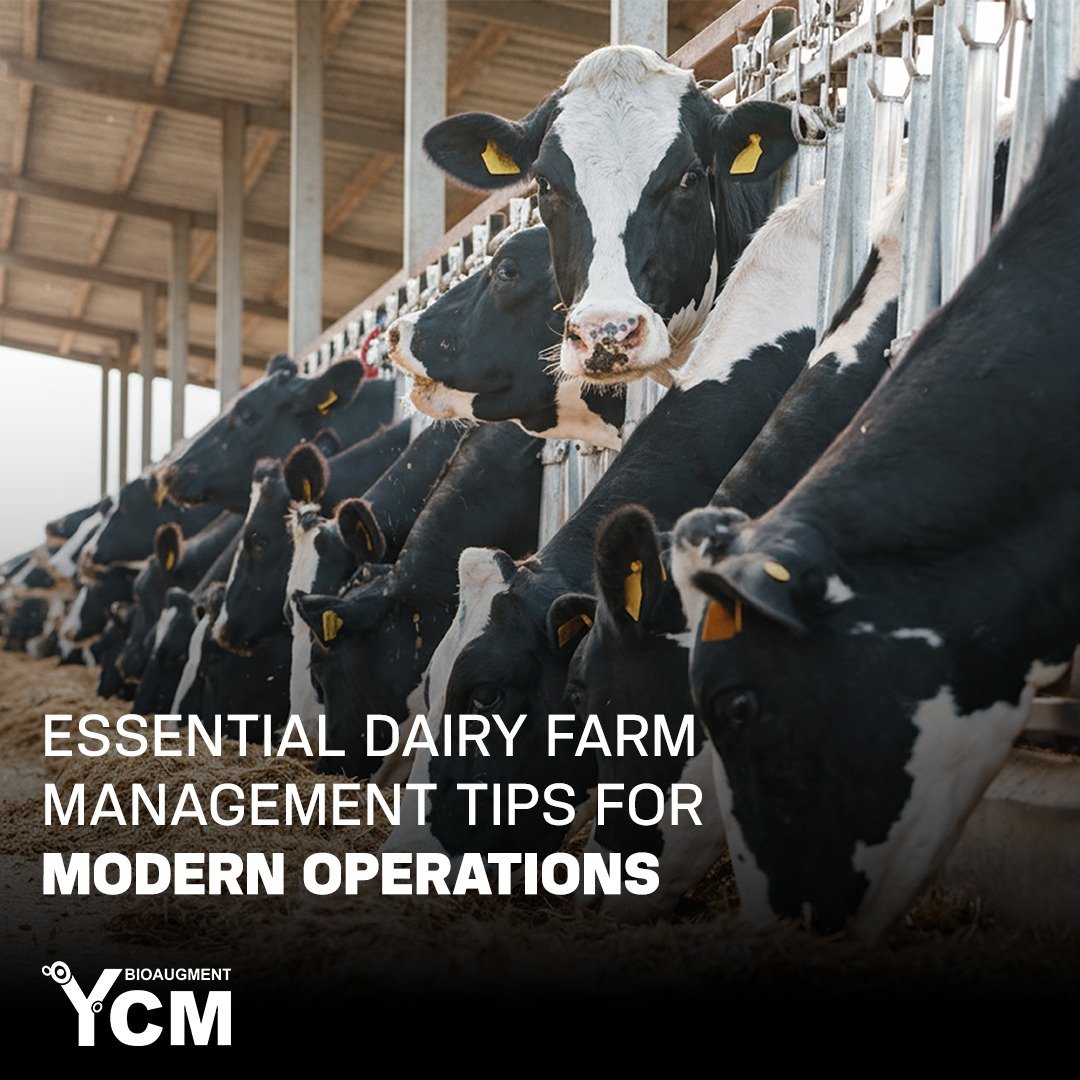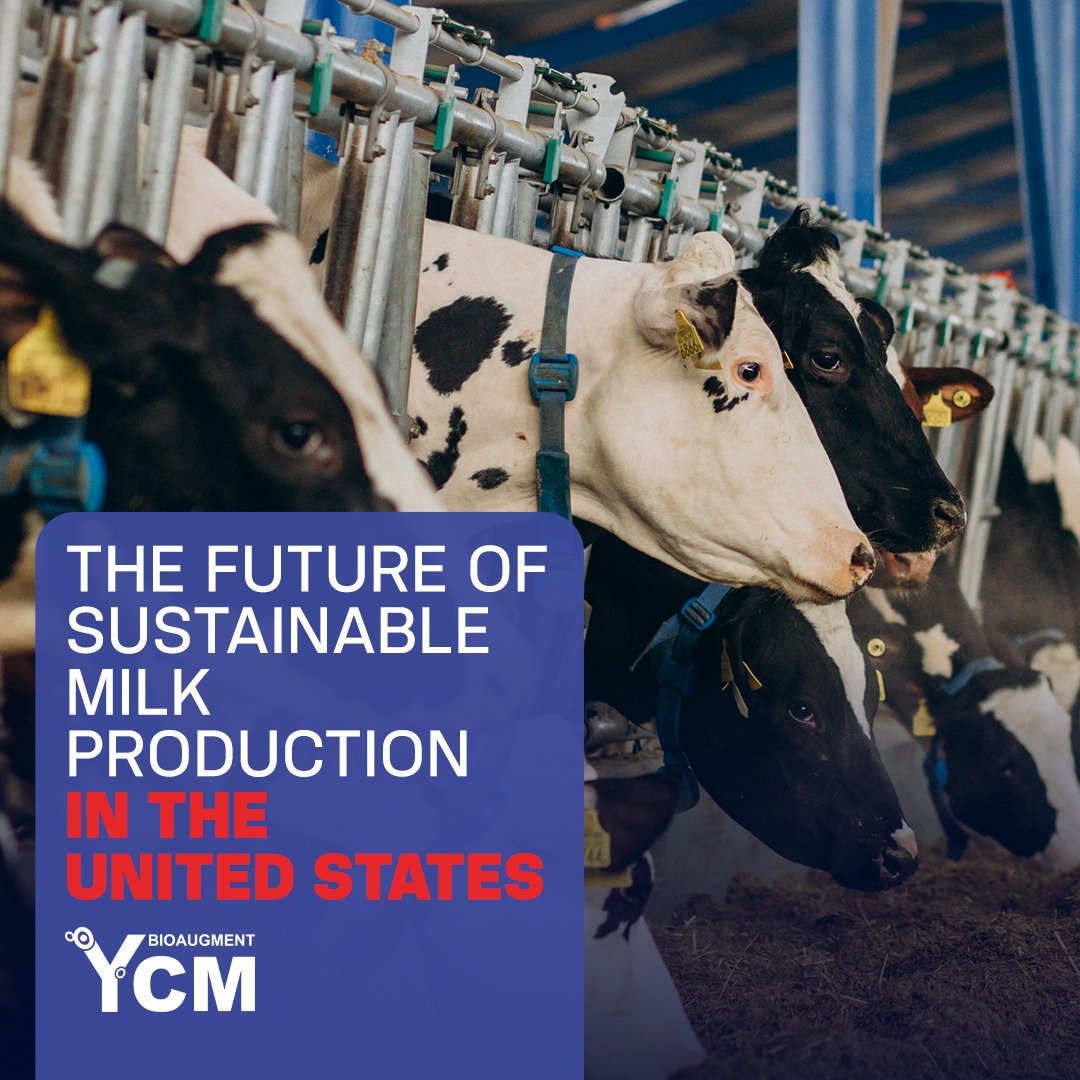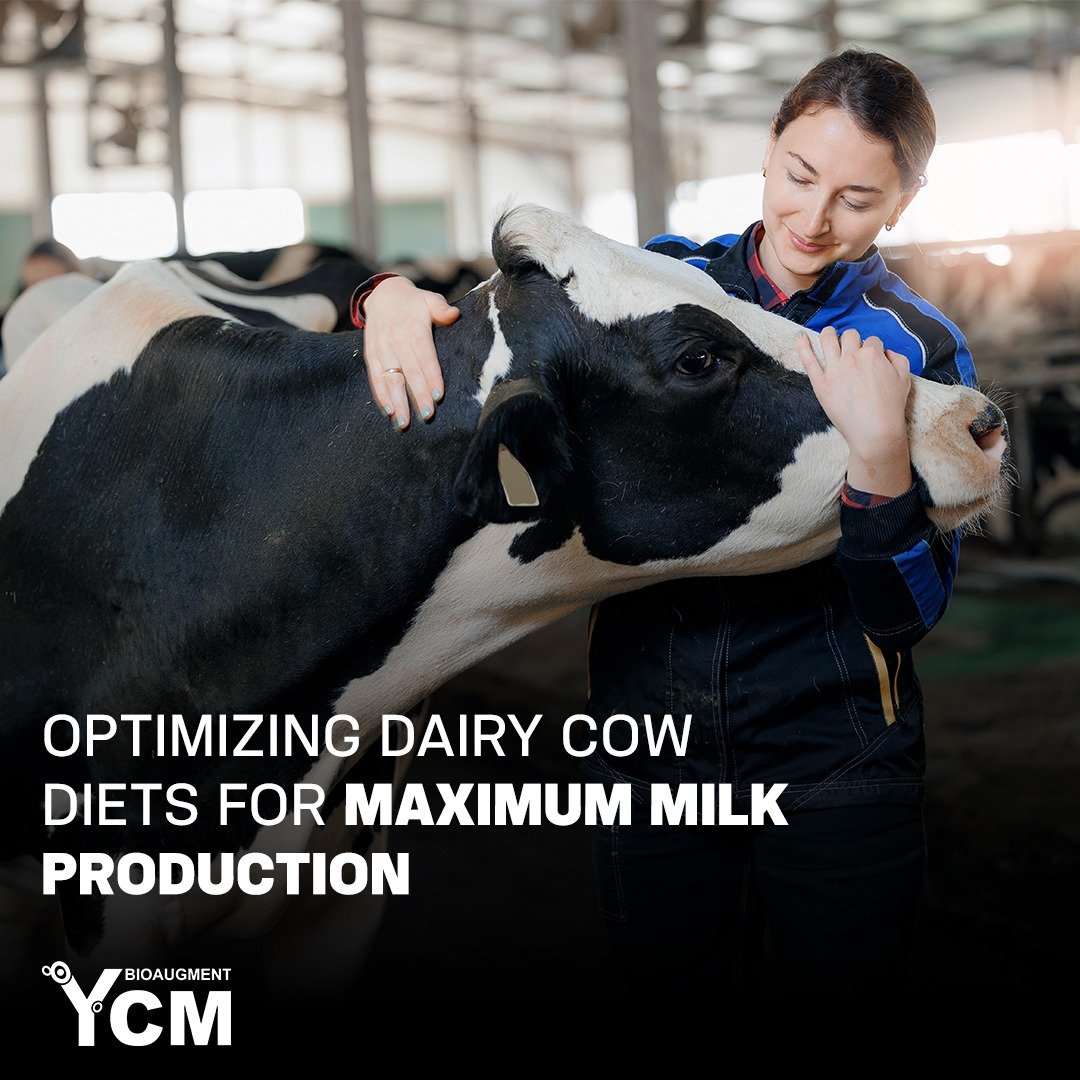Running a successful dairy operation in today’s competitive U.S. market requires more than traditional know-how. Modern dairy farm management combines nutrition science, digital tools, and animal health strategies to ensure steady milk production, healthy herds, and lasting farm profitability.
1. Prioritize Dairy Herd Health and Welfare
Healthy cows are productive cows. A strong dairy herd health program should include regular veterinary checks, vaccination schedules, and early detection of issues like lameness or mastitis prevention. Farmers across the dairy farming in USA sector are increasingly focusing on animal welfare, recognizing that stress-free animals produce better quality milk and live longer.
-
Maintain a clean and ventilated barn
-
Implement climate control in barns to reduce heat stress
-
Keep proper hoof care routines
-
Use quality bedding materials to support comfort
2. Optimize Cow Nutrition for Consistent Milk Yields
Balanced cow nutrition directly impacts both milk production and overall herd performance. Developing a targeted herd nutrition plan ensures that cows receive the right mix of proteins, fibers, and minerals.
Farmers can enhance digestion and feed absorption by including postbiotic feed additives like YCM (Yeast Culture Metabolites) — a proven nutritional support that improves gut health, enhances rumen fermentation, and promotes feed utilization efficiency. By doing so, feed efficiency improves, reducing wastage and improving milk solids output.
3. Use Smart Tools for Record Keeping and Herd Monitoring
Modern technology has transformed dairy farm management. Tools like herd management software make it easier to track performance indicators such as milk yield, health status, and reproductive performance.
-
Digital data helps identify patterns in feed additives response
-
Improves record keeping accuracy for breeding and health
-
Supports decision-making for culling or treatment
These insights can help managers anticipate challenges and maintain steady farm profitability.
4. Maintain Strict Milking Hygiene Practices
Cleanliness during milking is vital for preventing infections. Proper milking hygiene reduces somatic cell counts and supports mastitis prevention efforts.
Best practices include:
-
Cleaning and sanitizing udders before and after milking
-
Using automatic teat dips
-
Maintaining clean milking equipment
-
Regularly servicing vacuum systems
Implementing such protocols is essential for ensuring high-quality milk and minimizing losses.
5. Focus on Calf Management from Day One
Good calf management determines the future success of your herd. Healthy calves grow into high-yielding cows with strong immunity.
Key practices include:
-
Providing adequate colostrum within the first few hours
-
Keeping pens clean and dry
-
Monitoring feeding schedules
-
Using balanced starter feeds for rumen development
Integrating feed additives that support microbial balance helps youngstock adapt faster and maintain gut integrity.
6. Build Sustainable and Profitable Farm Operations
Modern sustainable dairy farming isn’t just about the environment — it’s about long-term viability. By improving labor efficiency, conserving energy, and managing waste responsibly, farms can maintain profitability while reducing their carbon footprint.
Additionally, smart dairy farming in USA practices such as manure recycling, solar energy systems, and efficient water use ensure that farms remain resilient and respected within their communities.
Smarter Management, Stronger Results
Effective dairy farm management blends nutrition, technology, and care for animal welfare. By applying these essential tips — from cow nutrition and milking hygiene to herd management software and sustainable dairy farming — producers can achieve higher milk production and lasting farm profitability.
Farmers who adopt modern approaches and trusted solutions like YCM (Yeast Culture Metabolites) are leading the way in improving herd performance and securing the future of dairy farming in USA.






